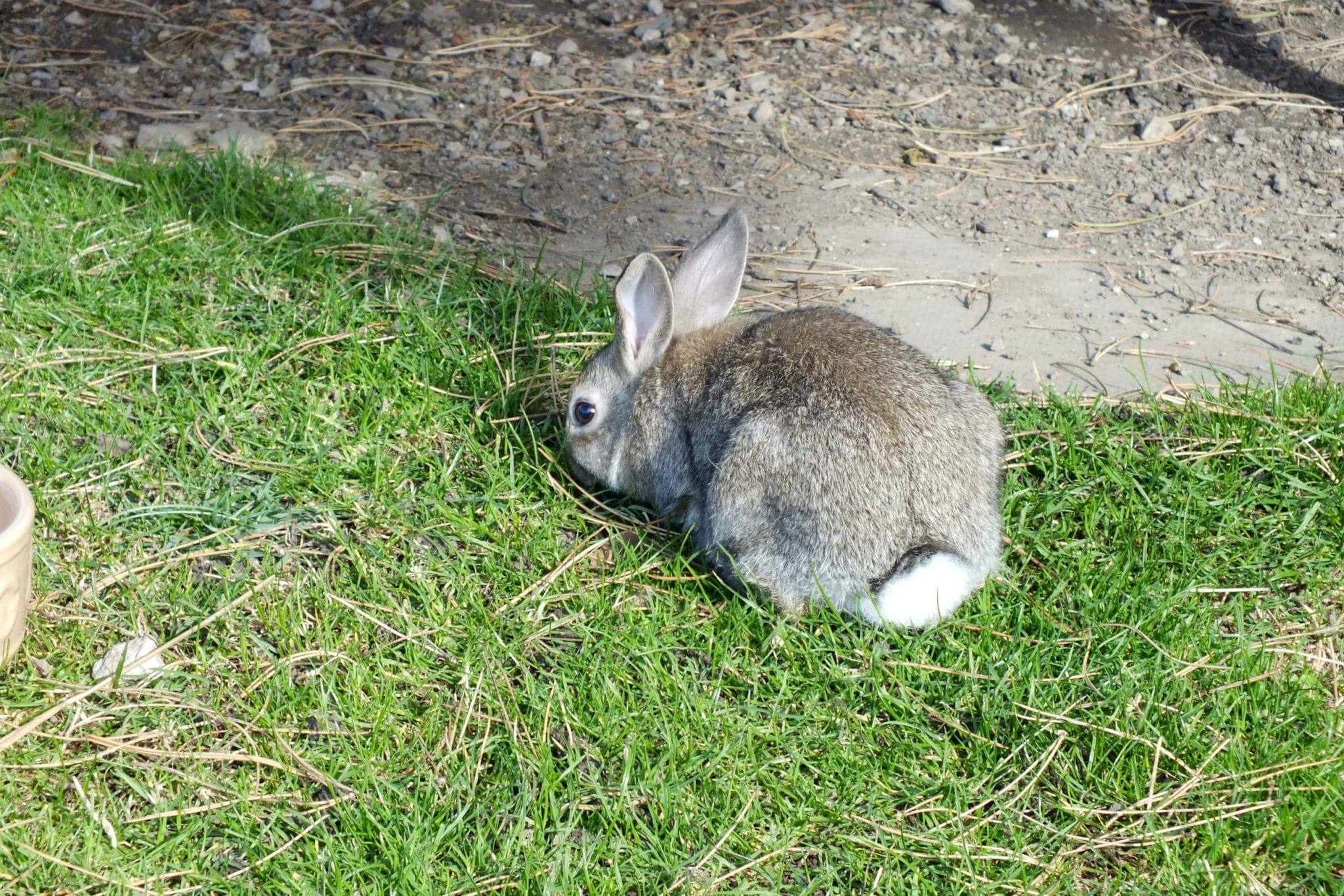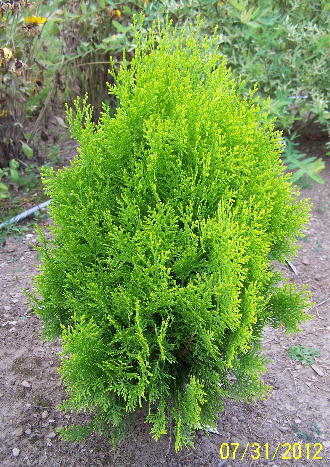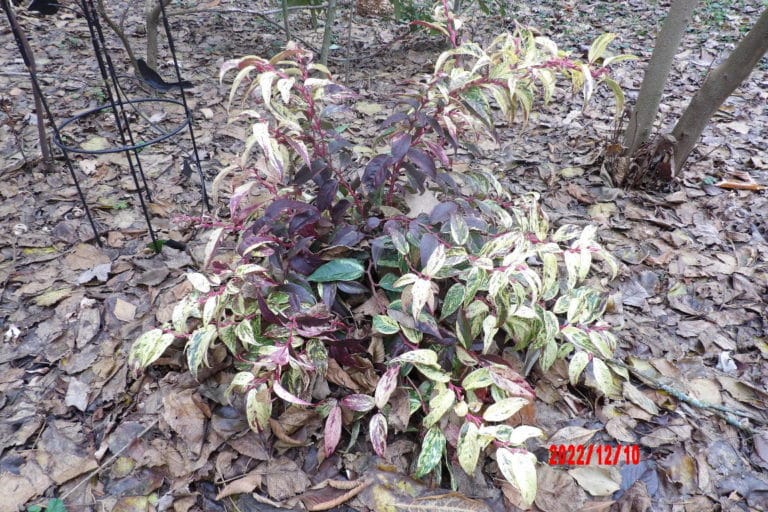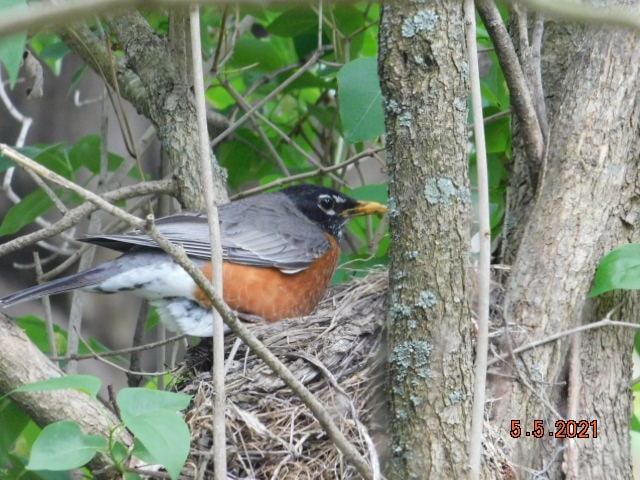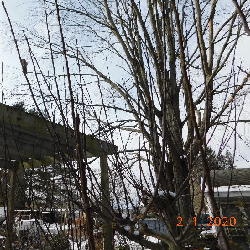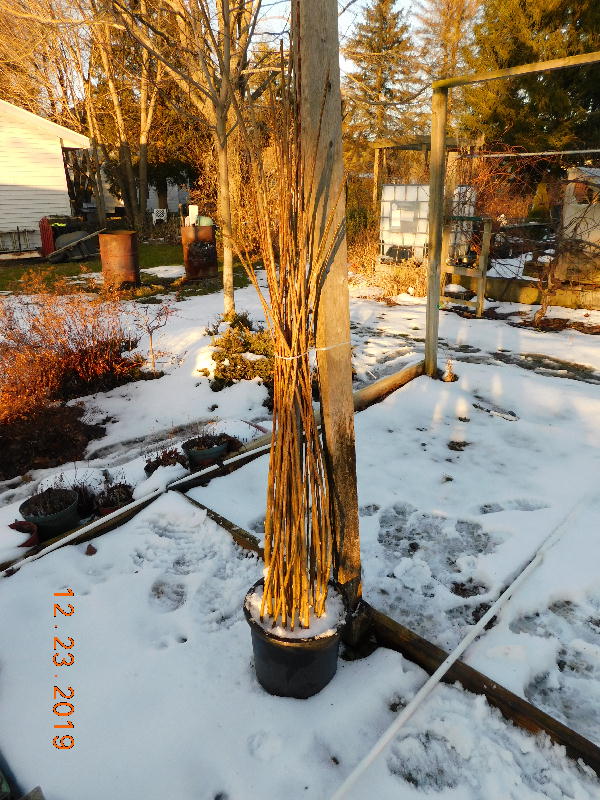Rabbit Proof Your Plants
Rabbit Proof Your Plants
I want to show you how to rabbit proof your plants. Those cute little bunnies that draw all the oohs and ahhs from women and little children. Those nasty buck-toothed plant-chewing varmints!
I will admit that watching rabbits frolicking around in the yard on a nice summer evening is enjoyable. There is just something about watching nature take place before your very eyes.

We won’t get into the sexual problems of rabbits. Just suffice it to say that it seems like there are more and more of them around. It seems like every other time we walk through the yard one makes a sudden exit from under a bush.
After the heart slows back down to its normal beating rhythm, you look for damage. With good luck, there won’t be any tell-tale chew marks left behind. They were just catching a few zzzs before whatever rabbits do.
During the warmer months, rabbits usually get enough to eat by chewing up your grass and nasty weeds. How nice and helpful, right? Unfortunately, they are also curious nibblers.
The angle cut
Rabbits have a certain amount of curiosity about trying new things. Those new things happen to be the nice bushy new plants you just planted yesterday. Nothing worse than going over a couple of days later to water that nice new addition to your yard and finding several angled cuts and stems laying on the ground.
After you realize you just dropped the water can and splashed water on your leg, you are furious. What or who did this? Who could be so bad to cut off those nice new branches and leave them just lay there?
You have just found an example of a rabbit’s curiosity to try new things. Now I fully understand that God’s creatures, great and small, need to eat. It is far easier to take this if they would have eaten the stems.
But no, they just chomped them off with their sharp buck teeth. They weren’t anything they wanted to eat so they moved on. It is almost like they are saying “sorry for that”. It doesn’t help. The plant has been pruned.
I’m here to help
As a nursery owner that sells many plants to people just like you, maybe even you, I get asked this question more than a few times. How do I protect this young plant? Is there a way to rabbit proof these plants?
I have many, many different plants throughout my yard. Like many of you, I have my share of rabbits here. Maybe even more of them. I have had way more plants pruned than I care to think of.
Like many of you, I started my yardscaping projects with smaller sized plants. They’re way cheaper than buying full-sized options. This was before I started my nursery. Now I sell small-sized affordable plants for $6.98.
I had to figure out some way of protecting my new plants. Some of them, the rabbits did find delectable and ate down to the ground. Nothing worse than spending a bunch of hard-earned cash, work like a beast planting, only to find your hard work has been chewed apart.
I found this neat wire fencing that is designed to keep them little cotton balls out of your garden. You buy tall stakes and drive them in around the perimeter and attach this fence.
I certainly wasn’t going to wrap my whole yard in a rabbit fence. A small garden, maybe.
Pliers to the rescue
Since this fence comes in a roll, it is easy to make a round circle a little larger than the plant you want to protect. Out came the needle-nose pliers. I use a pair with built-in wire cutters on the side.
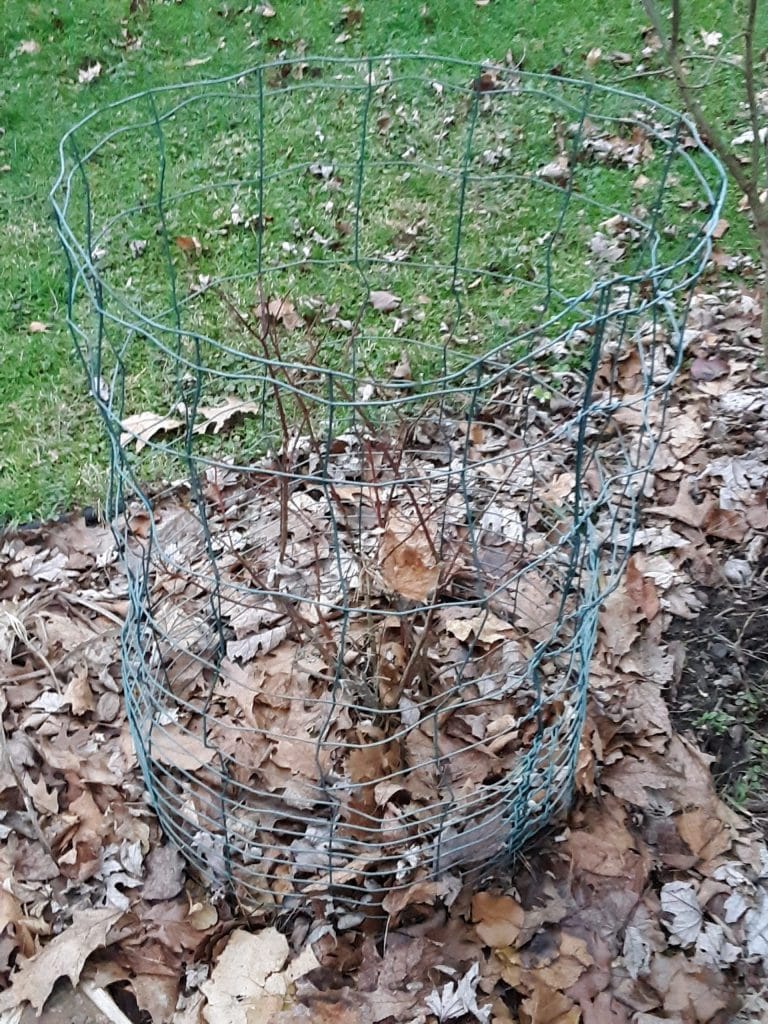

Simply cutting the horizontal wires in half between 2 vertical wires gives me the means to connect my little cage. Match up the verticals and twist each half of the wire around the next section.
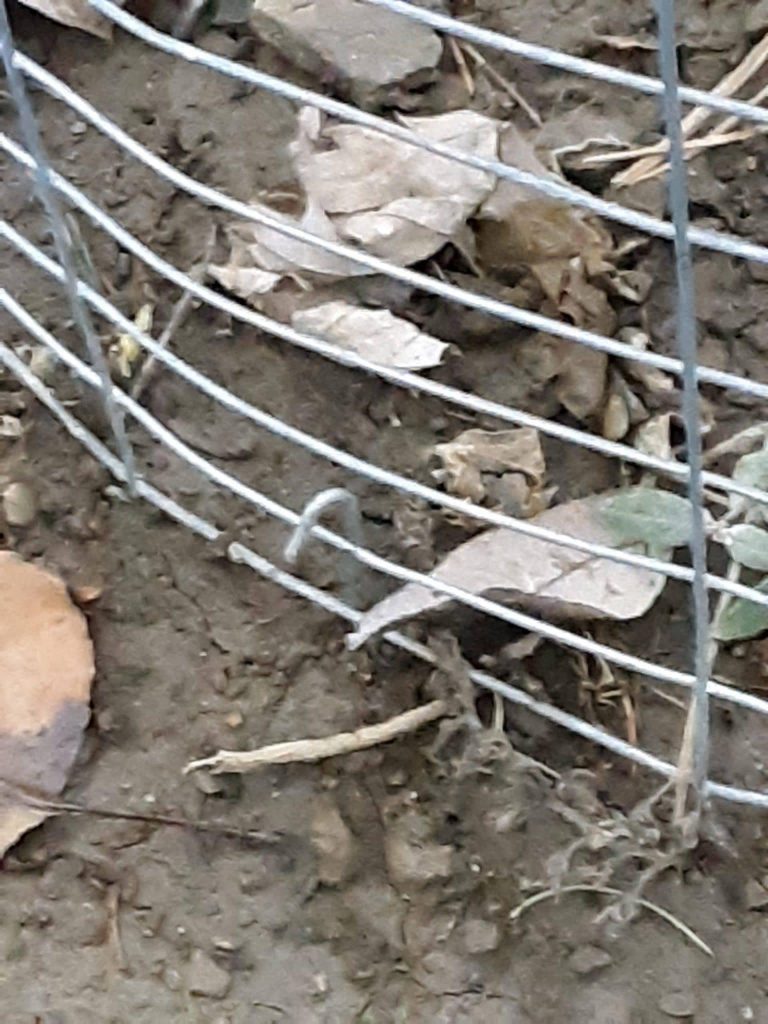
Wear gloves because that wire is not only a little stiff but it is sharp also. The pliers help to do the twisting and saving your fingers. You can cut and assemble several of these mini cages in short order.
You can get this fencing with a green plastic coating too. This is what I initially bought over 10 years ago for my first cages.
All you need to do now is set them around the plants you want to protect. I use pieces of wire, (old coat hangers), and shape a small hook at one end.
With several of these around your plants, you can sit back and relax. You have successfully rabbit proofed your plants. The best part is they are hardly visible.
